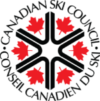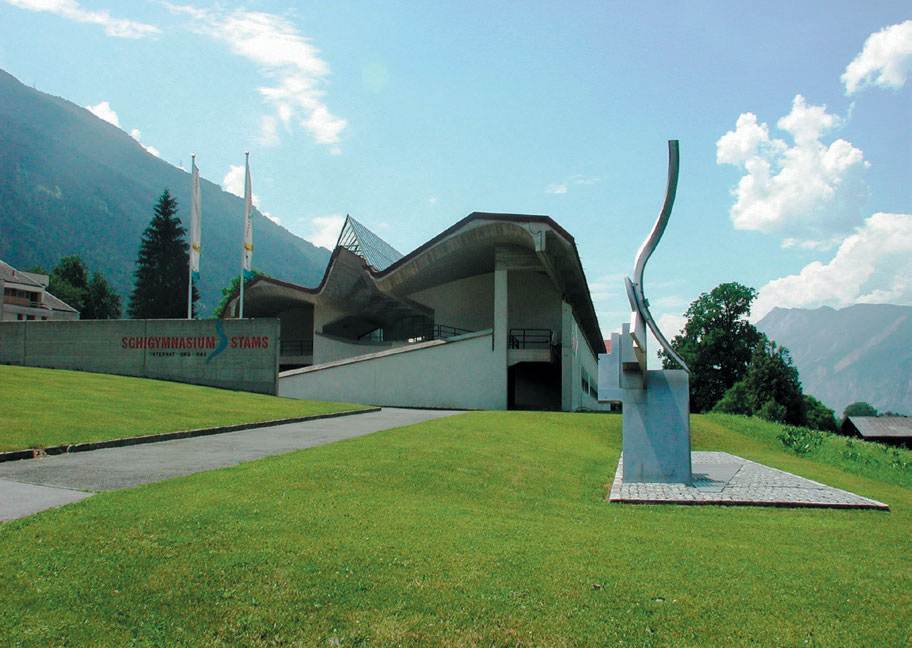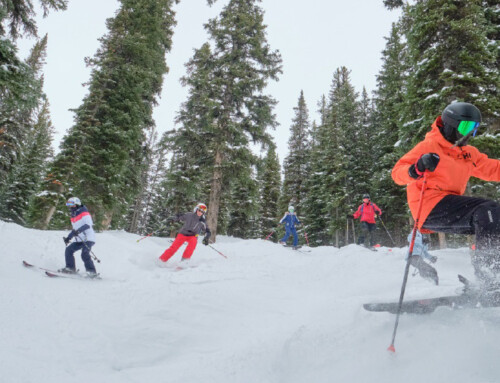STORY: S-Media
BY: Max Gartner
The year was 1966 and the Austrians had suffered through a disastrous World Championships at Portillo, Chile. It was time to make significant changes. A nation that was built on ski tourism needed to be a leader in ski racing, not an also-ran.
The solution was to introduce a new concept: a ski academy that would house the nation’s most talented young skiers under one roof to combine academic, athletic and ski development. This home base would provide a flexible school system, 18 hours of supervised athletic development each week and great coaching. In other words, a recipe for success on the slopes.
Forty-six years later, athletes from Stams Ski Academy have produced 30 Olympic gold medals, 70 World Championships gold medals and 15 World Cup overall wins. More importantly, Stams has produced many successful people with great careers in sport, medicine, law and other areas. It is a winning model that has been copied so many times in Austria and around the globe in a multitude of sports.
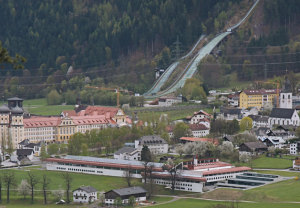
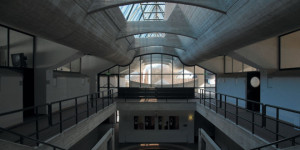
Most of the great Austrian ski racers of the past 30 years came through that system — Benni Raich, Marlies Schild, Stefan Eberharter to name a few, as well as most of Austria’s great ski jumpers. Current Austrian superstars Marcel Hirscher and Anna Fenninger came through a school similar to Stams that is located in the Salzburg region.
Each academy has a well-established “performance culture” as its foundation. The special ingredient that makes the academy work well is ensuring that the overall stress load on the athletes can be well-managed. An increase in the athletic load is compensated with a decrease in the academic load, and vice versa. The “whole person” is developed and nurtured.
Another important piece is affordability and funding. In Stams, the cost per student is 4,000 euros a year for school, training, room and board. This is about 25 percent of the actual cost. About 75 percent of the cost is subsidized by provincial and federal governments. Needless to say, there’s a lot of competition to get into the school. A three-day entry exam is a well developed screening of potential.
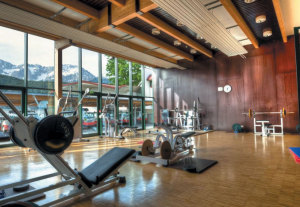
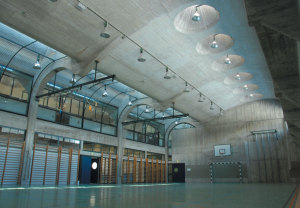
GREAT SYSTEM INFRASTRUCTURE THAT INCLUDES ACADEMIES AS PART OF THE SYSTEM AND GREAT COACHING ARE THE TWO MAJOR INGREDIENTS THAT DETERMINE FUTURE SUCCESS.
Top academies are an important part of many successful sports systems around the world. The latest example has been the success of the German soccer team at the recent World Cup in Brazil. After a disappointing showing several years ago, the European champions revamped their system. Starting soccer academies and an emphasis on developing great youth coaches was the key to developing so many new German soccer stars. In North America, there are quality ski academies. However, the cost to attend is significantly higher than young racers pay to go to Stams. They are run like a business that needs to break even and are NOT (yet) part of an integrated sport structure similar to those we see in Europe.
Dr. Steve Norris, executive vice president and chief sports officer at WinSport in Calgary and a longtime advisor to Alpine Canada and many national federations, knows all about academies. He has traveled the world to study the best ones. WinSport has established an association with the Stams Academy with the goal of elevating WinSport snowsport developmental activities across the board, from WinSport Academy programs, to joint programs with allied provincial and national federations, to alliances with identified like-minded clubs, and, of course, the National Sport School. It will be important to find some new funding partners — either corporate or government — to support his efforts. There is real opportunity for Canada to establish a great feeder system for future winter sport success.
There’s no great secret to producing ongoing success. Great system infrastructure that includes academies as part of the system and great coaching are the two major ingredients that determine future success. There needs to be a long-term commitment and support for these projects. This is where strong leadership is crucial. Canada certainly has the resources to commit to this.
After all, all of Canada stands a little taller when a Canadian athlete is on top of the Olympic podium.
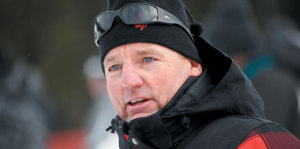
Max Gartner is a graduate of Stams academy (1973-78). During his Stams days, his parents paid $150 a month. Max started with Alpine Canada in 1982 as an assistant coach and worked in many capacities, all the way to athletic director and president/CEO.

